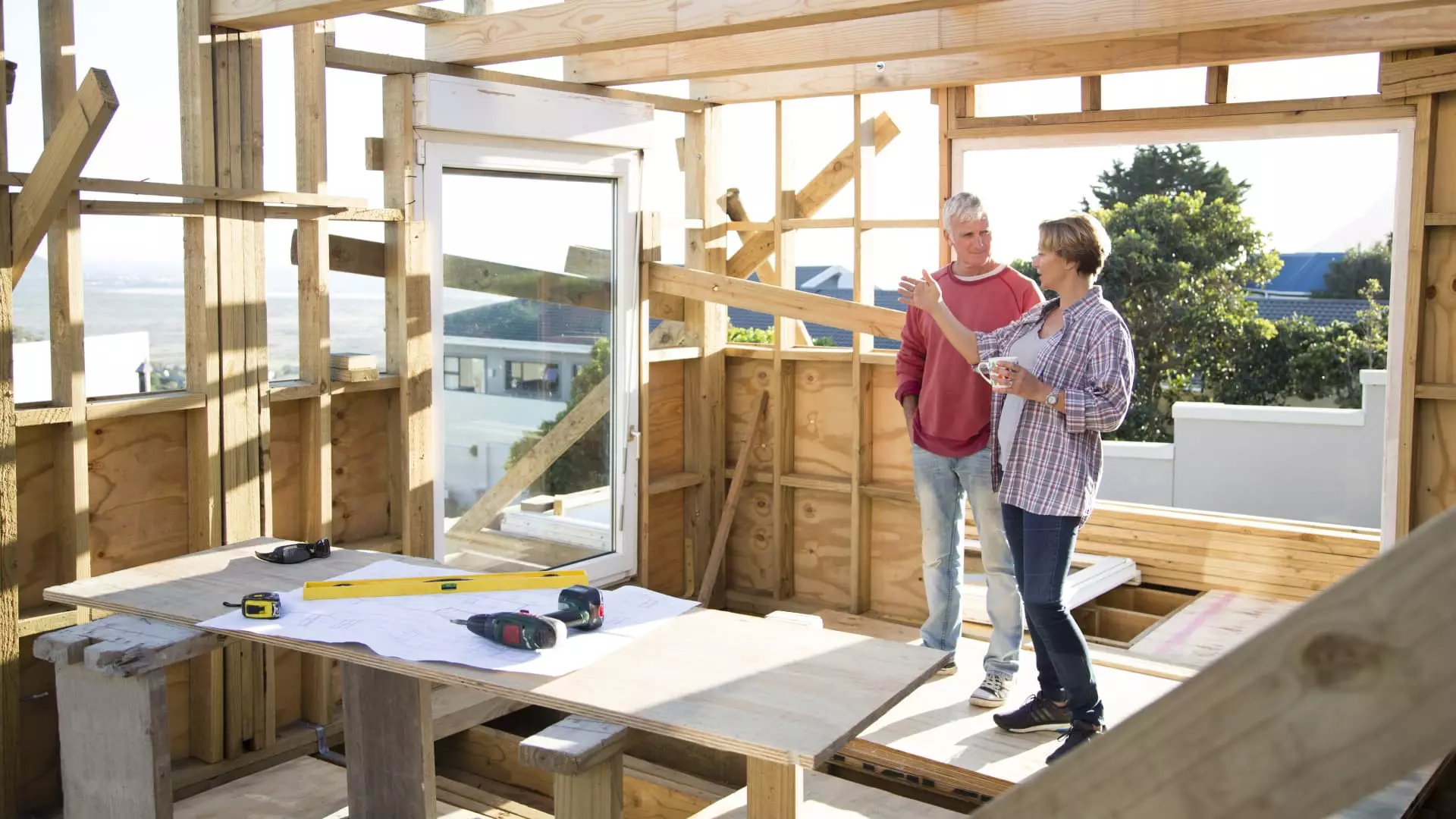When searching for a new home, it’s important to be aware that a significant portion of available properties are new builds. According to a recent report by Redfin, approximately 33.4% of single-family homes on the market in the first quarter were newly constructed, almost double the pre-pandemic levels. This surge in new construction has shifted buyer’s attention towards these properties due to increased opportunities arising from the low inventory in the existing housing market.
One of the major advantages of considering a newly built home is the flexibility in pricing offered by builders. Unlike sellers of existing homes, builders can provide incentives such as rate buy-downs, price cuts, and coverage of closing costs to attract buyers. Builders are also more inclined to use amenities upgrades as incentives to promote sales. However, only about a quarter of builders are offering price reductions, averaging around 5% to 6% of the total price. While the median sales price for new houses in the U.S. was $430,700 in March, the price gap between new builds and existing homes has significantly narrowed in recent years.
When contemplating the purchase of a newly built home, there are several crucial factors to keep in mind. First, buyers should be open to the idea of purchasing a slightly smaller house, as builders have been constructing smaller homes to improve affordability. Additionally, considering the location of the new construction is essential, as homes in rural areas may be more cost-effective due to lower regulatory costs and greater land availability. Keeping construction costs down by focusing on essential structural elements and choosing lower-cost finishes can also help in reducing overall expenses. Lastly, buyers need to be prepared for potential future costs, such as increased property taxes after the first year of ownership.
Robert Dietz, Chief Economist of the National Association of Home Builders, advises buyers to approach the purchase of a newly built home with a strategic, patient, and flexible mindset. He highlights the importance of considering different types of housing and locations, as well as making thoughtful design decisions. Only about 10% of new homes available for sale are move-in ready, indicating that most properties are either vacant lots or in various stages of construction. Therefore, buyers must be prepared to navigate the complexities of the construction process and be proactive in their decision-making.
While the market for newly built homes is thriving, potential buyers need to be well-informed and cautious when making a purchase. By considering factors such as price differentials, incentives offered by builders, and long-term cost implications, individuals can make sound decisions regarding new construction. Taking into account the advice provided by experts and staying informed about market trends can help buyers navigate the process of buying a newly built home more effectively.

